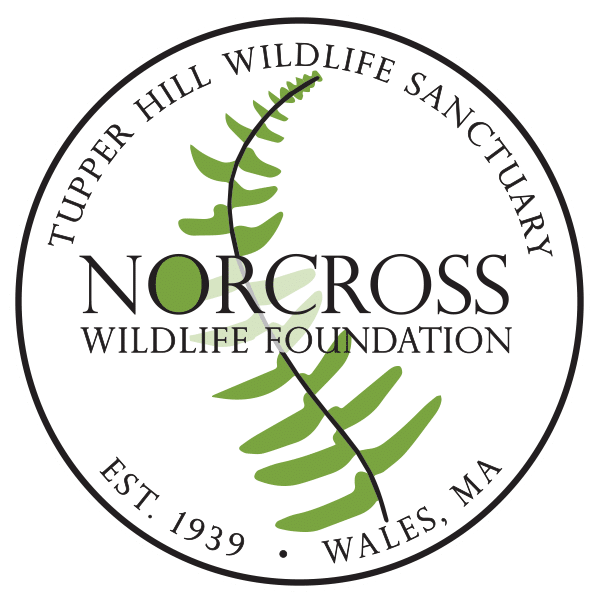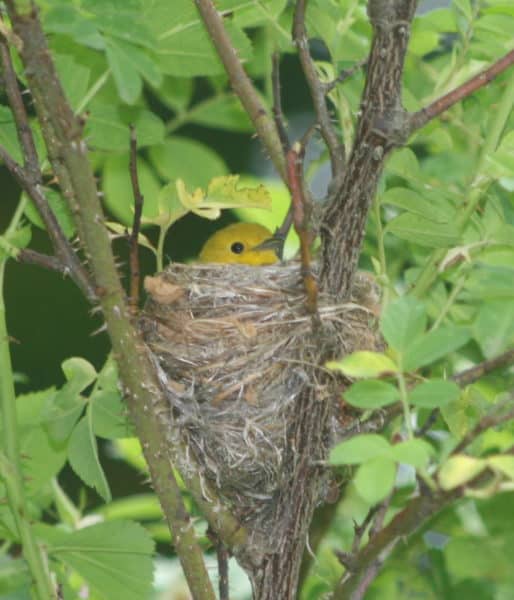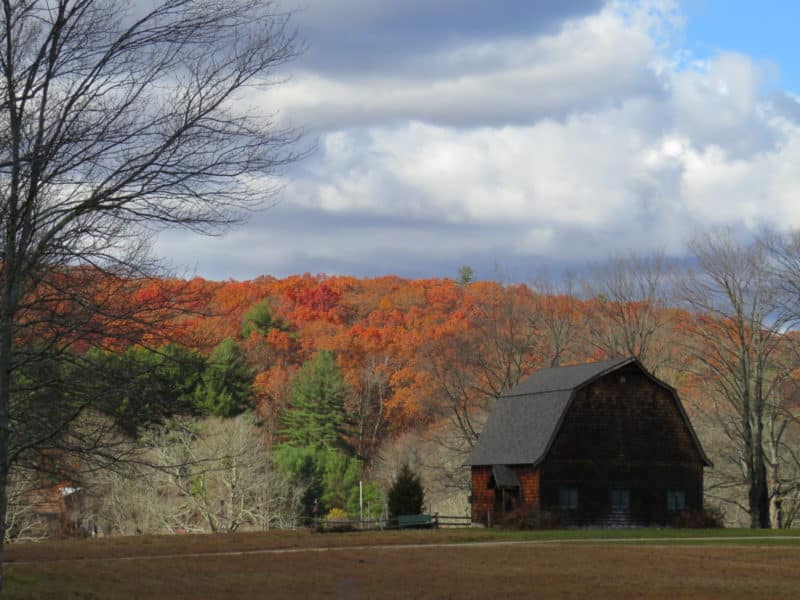One of my favorite parts of the work at Norcross Wildlife Sanctuary is the time I get to spend with the interns and our visitors. Educating the next generation of conservationists, wildlife biologists, botanists and the like is extremely rewarding but additionally we sometime stumble across some really interesting finds.
We recently hosted a visit for the New England Botanical Club. This is an organization that has been around since 1896. The mission of the New England Botanical Club is to increase scientific knowledge and appreciation of the flora of New England. They do this by connecting, inspiring, mentoring, and supporting a vibrant community of people who are passionate about the flora of New England (check them out here). The Monday after the NEBC visit I spent the afternoon walking around with the interns identifying various goldenrods on site. We found the following two plants in the course of these two walks.
Spiranthes is a genus of orchids known colloquially as the lady’s tresses. Most of the species in this genus are reasonably common in our region but there are few standouts that we don’t expect to run into regularly. When we spotted this species growing in a drainage ditch we assumed it was Spiranthes lacera, a cool find but not particularly rare. We entered the find onto iNaturalist where we’ve been tracking the species we’ve found this season (want to see the full list? Check out the link here). The great thing about iNaturalist is that it is a community of like-minded individuals and we had one such individual reach out to us to ask us some specific questions about the plant. We went back out to the site to take a closer second look and determined that our original identification was incorrect. This is not Spiranthes lacera, but Spiranthes vernalis. This means two things to us, first off, we should never assume anything when identifying plants, especially at NWS. Secondly the plant we found is listed as imperiled in Massachusetts; it is considered S2 – a ranking that means it is quite rare in our region. It is something that Arthur Norcross would have appreciated greatly. It’s one of those “certain species, now threatened with extinction” that ADN was speaking about when he spoke those words engraved on the stone outside of the visitor center.
Our second find of an already interesting week is even more unique than the first. The genus Platanthera is made up of sixteen species in our region, all but one of which are considered rare to some degree in our region and two are considered extirpated (i.e. locally extinct) in Massachusetts. They are near-impossible to transplant and thus are not common in the horticultural trade, even among orchid enthusiasts. We have three or four species on site but one, Platanthera ciliaris (the orange fringed bog orchid) was thought to have been lost entirely. This species is one of the two that is considered extirpated from Massachusetts. Our original plants were likely brought up by ADN accidentally. Even if he had attempted to bring the plants up it is extremely unlikely they would have survived the trip but he did bring large amounts of soil up from the New Jersey Pine barrens when transplanting other species. It is likely that within that soil were the seeds of Platanthera ciliaris as well as the necessary mycorrhizal fungi that are required for the seed to germinate (orchids have a unique life cycle, they all begin their life as a parasites of underground fungi, hence the difficulty in transplanting live specimens). This species was once present in the Pine Barrens garden but years of deer browse had reduced them down to a single specimen in 2019 and we did not see any in 2020. We had assumed that they had all perished. We were therefore ecstatic to find one last week. It’s only a single specimen and still has plenty of challenges in its future but we are hopeful that if one plant is still present then there could very well still be an active seed bank that has the potential to resprout if the conditions favor its growth. Its presence gives us all the more reason to manage this area to try and bring this extremely rare species back to life at NWS.
Dan Wilder 8/19/21



